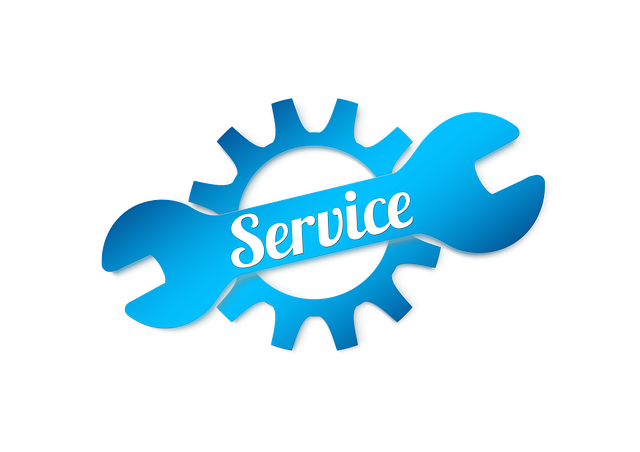After a storm, assessing and managing tree damage is crucial for Easley, SC, homeowners. This guide provides essential steps for navigating storm-damaged trees and branches on your property. From identifying safe zones and hazards to the necessary tools, learn how to safely clear debris with a step-by-step approach. Additionally, discover post-removal care tips to protect your home and landscaping from future storms.
- Assessing Storm Damage: Identifying Safe Zones and Hazards
- Essential Tools and Equipment for Tree and Branch Removal
- Step-by-Step Guide to Safely Clearing Debris from Your Property
- Post-Removal Care: Protecting Your Home and Landscaping After a Storm
Assessing Storm Damage: Identifying Safe Zones and Hazards
After a severe storm, many homeowners in Easley, SC, turn to professional services for storm damage cleanup. The first step in this process is a thorough assessment of the property. It’s crucial to identify safe zones and potential hazards before beginning any removal work. Walk around the perimeter of the residential property, examining each tree and branch carefully. Look for broken limbs, uprooting, or signs of structural compromise. These could pose significant risks during cleanup, so mark them as hazardous areas.
Also, take note of any obstacles in the yard that might make access difficult or dangerous. Overhanging branches near power lines are a common concern, as they can conduct electricity during storms. Additionally, check for potential environmental hazards like downed trees blocking entryways or alleys. Identifying these issues beforehand ensures that cleanup efforts are safe and efficient, protecting both personnel and surrounding structures during storm damage cleanup for residential properties in Easley, SC.
Essential Tools and Equipment for Tree and Branch Removal
When it comes to storm-damaged tree and branch removal in Easley, SC, the right tools make the job safer and more efficient. For residential property owners, a well-equipped toolkit is essential for effective storm cleanup. At a minimum, you’ll need a sturdy ladder, safety gear including gloves and eye protection, and various pruners and saws. Hand pruners are ideal for cutting smaller branches up to 3/4″ in diameter, while loppers are better suited for thicker branches between 1-2″. For larger limbs or fallen trees, a chainsaw becomes indispensable, requiring proper training and safety precautions due to its power.
Additionally, consider investing in a pole pruner or saw for reaching higher branches without the need for a ladder. These tools attach to an extension pole, allowing you to cut branches up to 10 feet above the ground. A heavy-duty tarp can also simplify cleanup by containing fallen debris, preventing it from spreading across your property and neighborhood. Remember, proper training is key when handling any equipment, especially during storm damage cleanup where time sensitivity and safety are paramount.
Step-by-Step Guide to Safely Clearing Debris from Your Property
After a storm, your first thought might be to clear away the debris as quickly as possible. However, navigating storm-damaged tree removal requires caution and proper techniques to ensure safety and avoid further damage. Here’s a step-by-step guide tailored for storm damage cleanup for residential properties in Easley SC:
1. Assess the Damage: Before you begin, carefully inspect your property and assess the extent of the storm damage. Look for loose or fallen branches, uprooted trees, and any potential hazards like power lines. Ensure that you and everyone on the property are safe before proceeding.
2. Clear Access Points: Once you’ve identified safe zones, start by clearing access points to make it easier to navigate your property. Remove debris from pathways, driveways, and doorways using tools like rakes, shovels, or even a small lawnmower. This step is crucial for easy movement and prevents tripping hazards as you work on more complex tree removal.
3. Secure Large Debris: For larger branches or tree trunks, use ropes or chains to secure them temporarily before attempting to move them. This prevents them from rolling or falling unexpectedly, causing potential injury. Always wear appropriate safety gear, including gloves and sturdy footwear, when handling heavy debris.
4. Remove Smaller Branches: Start removing smaller branches first using pruning shears or a branch cutter. Cut them into manageable lengths for easier disposal or recycling. Remember to dispose of the cuttings responsibly, following local regulations for yard waste.
5. Uproot Trees (if necessary): If a tree is severely damaged and poses an immediate threat, you may need to uproot it. This should be done by professionals with specialized equipment to avoid damaging your property or injuring yourself. Never attempt to uproot large trees without proper training and tools.
Post-Removal Care: Protecting Your Home and Landscaping After a Storm
After a storm and the removal of damaged trees and branches, proper post-removal care is crucial to protect your home and landscaping in Easley, SC. The first step is to assess the remaining structure of any nearby trees to ensure they are stable and won’t pose a risk for future damage. Pruning and trimming should be done carefully to maintain the tree’s health and appearance.
Regular inspection of your property after storm cleanup is essential. Look out for potential hazards like loose debris, broken branches, or exposed roots. Promptly clearing these away reduces the risk of tripping or falling and can prevent further damage to your landscaping. Additionally, maintaining a clear drainage system and ensuring proper water flow around your home helps protect against future storm-related issues.
